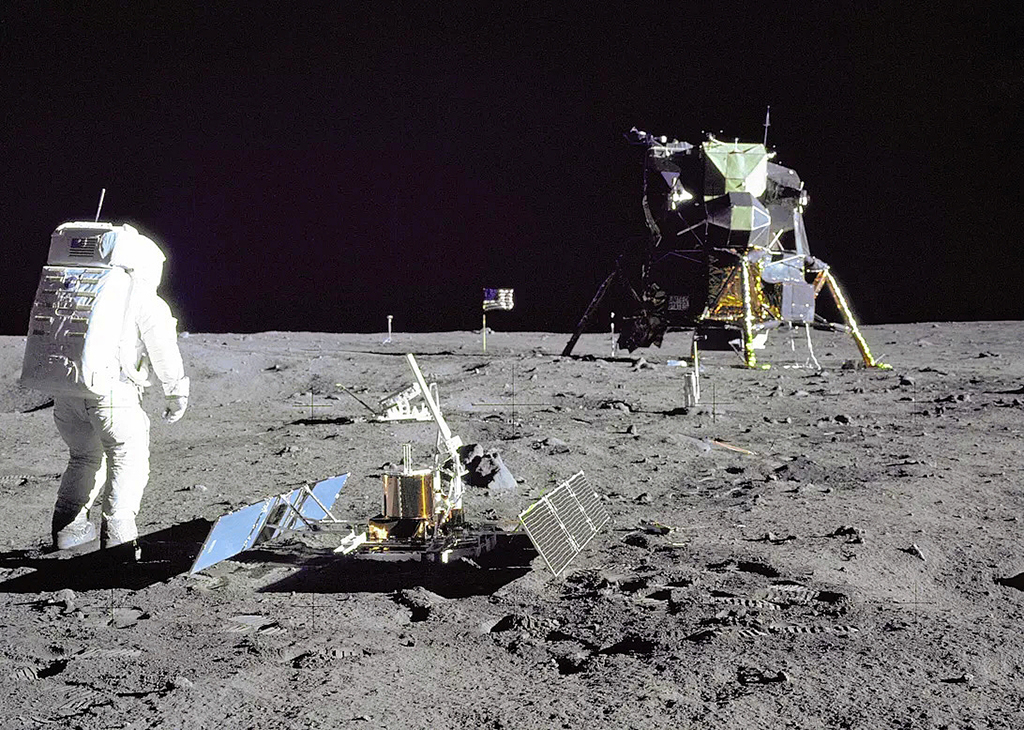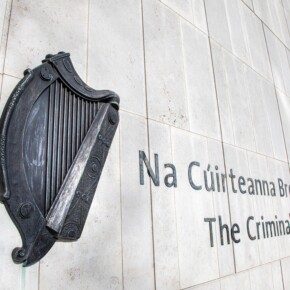Moon rock ended up on Finglas dump
Dublin People 19 Jul 2019
THE 50th anniversary of the Moon landing was celebrated last week but the Northside has an almost forgotten link with the historic Apollo space programme.
Moon rocks collected during the six landings between 1969 and 1972 were broken up and sent to 135 different countries, including Ireland, as a goodwill gesture.
Each of the pieces were encased in a transparent plastic ball and mounted on a wooden plaque with each nation’s flag attached.
In total, 370 pieces were sent to various countries and US states but over the years almost half have gone missing – including one sent to Ireland.
There are understandable explanations for why some of the rocks went missing. Libya lost two under the Gaddafi regime while Romania’s ‘goodwill’ rock is believed to have been sold after dictator Nicolae Ceausescu was overthrown.
However, one of Ireland’s two rocks went missing in slightly less dramatic circumstances, although it’s no less a tragedy in the eyes of space buffs.
The Irish ‘goodwill’ Moon rock – which was collected by Neil Armstrong and Buzz Aldrin on the historic first Apollo 11 mission – was kept on display in the Meridian room at Dunsink Observatory in Finglas.
But in the early hours of the morning on October 3, 1977, disaster struck when a suspected electrical fire broke out in the basement under the room.
The fire brigade arrived within 20 minutes of being alerted but the room along with other parts of the observatory was completely destroyed.
The precious rock was unknowingly taken along with the rest of the debris across the road to Dunsink Tiphead, which is now closed, and was never found.
Former NASA employee and self-appointed private investigator of the Apollo Moon rock displays, Joseph Gutheinz, estimated the rock was worth $5 million and said there was virtually a pot of gold under the dump.
The other piece of Moon rock collected from the Apollo 17 mission by Eugene Cernan and Harrison Schmitt, the last men on the moon, was put on display at the National History Museum.











